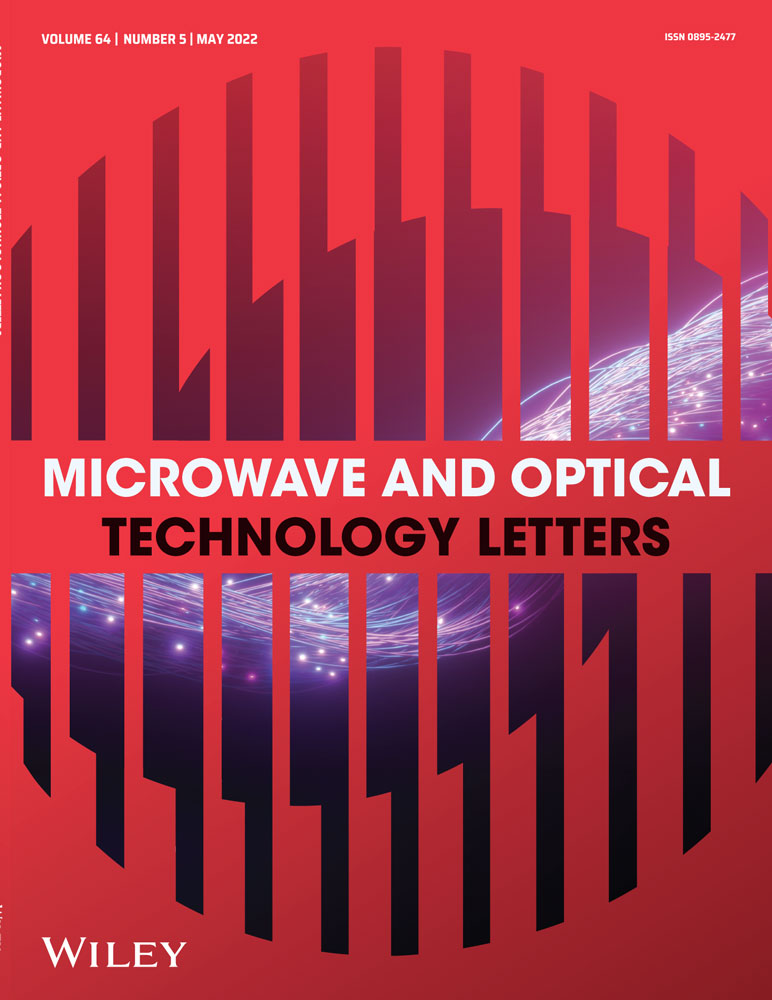Numerical simulation and analysis of dual base transistor laser
Abstract
In this work, characteristics of dual base transistor laser are numerically analyzed for the first time. Active base region of the transistor laser is split into two unequal regions composing of shorter and longer sections, which are biased separately. Static characteristics of transistor laser are evaluated using a rate equation model, which reveals switching action in output optical power for a longer section base current of 9.2 mA with unpumped shorter section. Hysteresis behavior in the optical output is observed for the longer section input current till 1.6 mA. Optical bistable characteristics are studied for various values of gain (longer) and absorber (shorter) section currents. Further slope efficiency is evaluated using P-I characteristics, before the onset of bistability, for gain lever features under common emitter (CE) configuration. A maximum gain lever of 4.5 dB is observed with the longer section bias current of 1.3 mA.
CONFLICT OF INTEREST
The authors declare no conflicts of interest.
Open Research
DATA AVAILABILITY STATEMENT
Research data are not shared.




